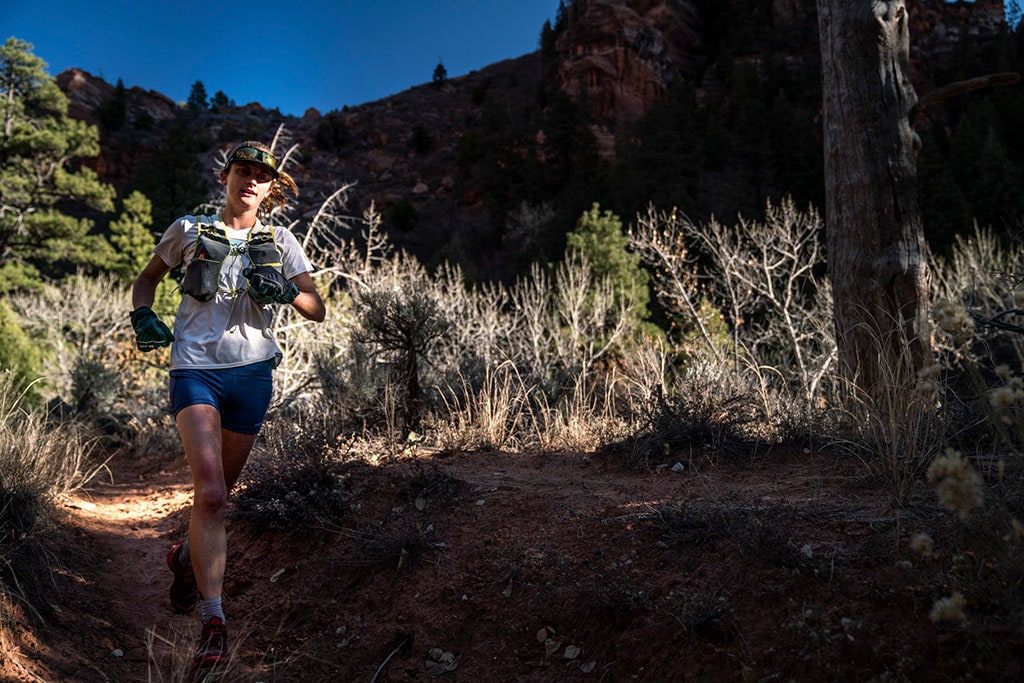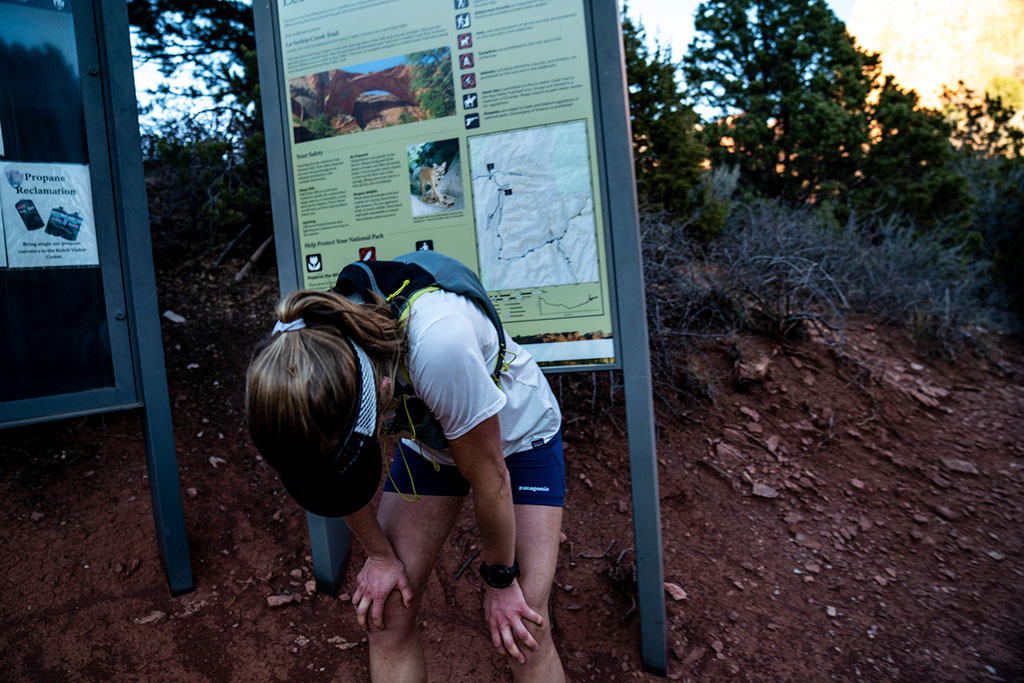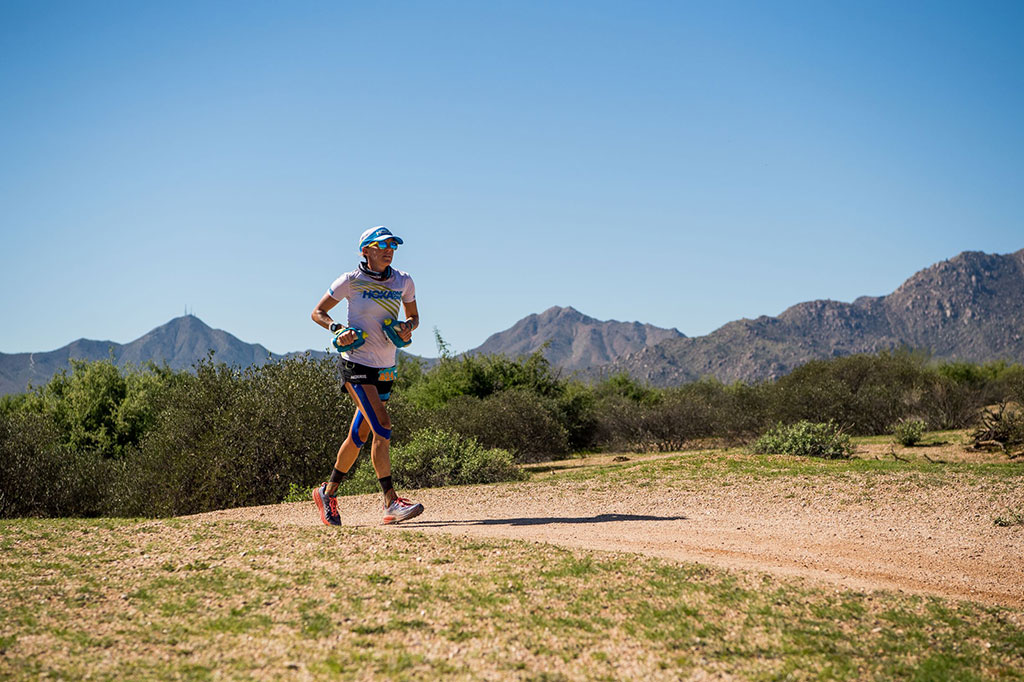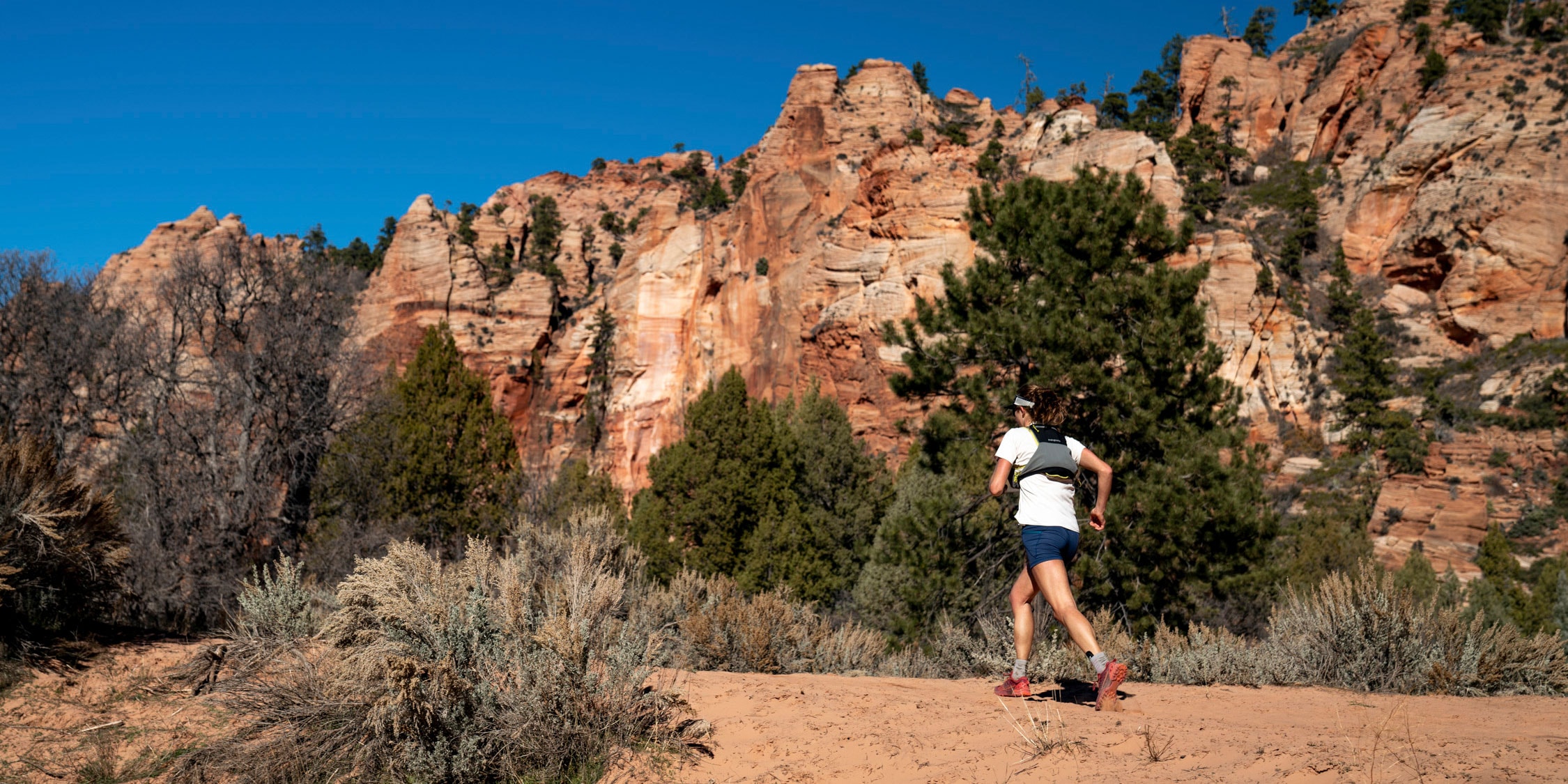In the span of several days back in November 2018, three women made separate attempts at breaking the women’s fastest known time (FKT) for the iconic Rim-to-Rim-to-Rim (R2R2R) run in the Grand Canyon. Spanning 42 miles, and gaining a total of around 10,000 feet elevation, the route usually involves running from the south rim to the north and back again, and is among the most well-known and sought after FKTs. Sandi Nypaver, Ida Nilsson and Taylor Nowlin all broke the standing record established by Cat Bradley in 2017, and for the moment, the record stands at seven hours, 25 minutes and 58 seconds, set by upstart Nowlin. “For the moment” being the key words.
Women ultrarunners are setting the FKT world ablaze these days. The Co-op Journal analyzed data from Fastest Known Time for 15 notable, often-contested routes across the United States. Including the supported, unsupported and self-supported categories, all but six of the 45 FKTs set by women on those routes have occurred within the last 10 years. In 2018 alone, there were a total of seven women’s FKTs—the most of any other year, the analysis showed. Five were supported, one was unsupported and one was self-supported. These strong and determined runners are blazing trails, encouraging and inspiring each other to reach ever faster times on some of the world’s most iconic routes.
Buzz Burrell, who co-founded the Fastest Known Time website, serves as the official record keeper for the many routes runners pursue. He’s noticed the uptick in attempts by women at FKTs. “We’re seeing big record after big record fall. I think these runners see what their peers are doing and are inspired to try bettering it.”

Clare Gallagher on the Zion Traverse, which stretches 48 miles through Utah’s Zion National Park. (Photo Credit: Brendan Davis)
Patagonia pro runner Clare Gallagher echoes this sentiment: “I think as we see what we can do out there, we’re pushing each other to new limits,” she says. “We’re also cheering one another on.”
Whatever the case, women ultrarunners are announcing their presence in the world of FKTs and the world is watching.
A brief history of the FKT
Burrell and fellow runner Peter Bakwin were among the first to go after an FKT back in 2000 when the two men ran 223 miles on the John Muir Trail in the Sierra Nevada in four days and 14-plus hours. Noticing a void in record keeping for these types of attempts, they launched the FKT website, using the term coined by Bill Wright, co-author of Speed Climbing: How to Climb Faster and Better. The site catalogs stats on routes, times, athletes and more.
They use the following criteria, among others, to classify an FKT:
- The route can be of any distance or time duration
- The route must be notable and distinct enough so that others might be interested in repeating it
- FKTs cannot be set during official races
- At least 50 percent of elapsed time during the FKT attempt must be spent running and/or hiking
In order to receive a validated time, Burrell and Bakwin ask that athletes submit, if possible, the original data file from their GPS device, a link to an activity report from a platform like Garmin Connect, a link to a trip report, photos, and for renowned attempts like the R2R2R, an announcement of intent and real-time tracking.
FKT attempts can be supported, self-supported or unsupported. Supported means a crew meets the athlete along the way to provide things like food and water or to run alongside them. In a self-supported attempt, the athlete doesn’t have prearranged support from a crew but might stash clothing or food along the way. Unsupported means having no external support of any kind. The athlete carries everything they need from start to finish, except water.
Just like official races, Burrell and Bakwin established different record categories for men and women. Regardless, of the 11 FKTs set by women nominated for the site’s 2018 FKT of the Year Awards, two were overall FKTs—Annie Weiss on Wisconsin’s Ice Age Trail, and Alicia Woodside and Tara Berry on the Howe Sound Crest Trail in British Columbia, Canada.
Crushing it
During the five-day span from November 16 to 21 that involved the multiple R2R2R records, Gallagher was in nearby Zion National Park setting an FKT of her own. She, like the women of the Grand Canyon, had initially planned to run The North Face Endurance Challenge Championship 50-mile race in Sausalito, California, and had invested months of training into the event. Organizers canceled the race after smoke from the nearby Camp Fire—the most destructive and deadliest wildfire in the state’s history—degraded the air quality. Not wanting to lay waste to that mileage, she made a few phone calls and then headed west from her Colorado home to Zion.
“I briefly considered R2R2R, but then checked in with [fellow ultrarunner] Hayden Hawks, who set the male FKT at Zion,” she says. “He gave me all the information and support I needed to make the attempt.”
The Zion Traverse stretches 48 miles through the red sandstone park. Enlisting Hawks and a few others as her pacers, Gallagher went for the supported FKT, reeling it in with 25 minutes to spare at 8:01:24, besting Joelle Vaught’s 2016 record.

In November 2018, Clare Gallagher set the women’s supported FKT on the Zion Traverse at 8:01:24. (Photo Credit: Brendan Davis)
Her experience included moments with plenty of company from tourists and good chunks of solo time as well. Reflecting back on her first go at a supported FKT, Gallagher couldn’t be more pleased. “The combination of honing in on maps, learning the history of the park and the camaraderie of my crew made it a complex, beautiful adventure,” she says. “It makes me want to try another FKT in the future.”
Gallagher’s efforts earned her fifth place in this year’s Fastest Known Time of the Year awards, an informal acknowledgment from the ultrarunning community, sponsored by Burrell’s FKT website. The awards are in their third year.
Darcy Piceu is another accomplished ultrarunner who has set six total FKTs since 2010, including the 85-mile Cordillera Huayhuash Circuit in Peru, and most recently, a supported record on the John Muir Trail (JMT). It was her second go at the FKT on the JMT, her 2015 supported attempt ending 42 miles in. “I hastily went after my first attempt, and I quickly realized that I was away from my daughter with no way to contact anyone if needed,” she says. “So, I regrouped, ran some sections of the trail and knew that I’d want to try again.”
When she returned to the trail, she set a record of three days, seven hours and 57 minutes. “The JMT is so beautiful, full of granite peaks and waterfalls,” she says. “I was motivated to experience that and by the fact that Sue Johnston had previously proven that it was doable.”
This push—or inspiration—from other women runners setting FKTs has much to do with why runners like Gallagher and Piceu are taking on these objectives at a notable rate. “Women are feeling empowered by one another to make these attempts,” says Piceu. “If you look at the R2R2R record set by Cat [Bradley] in 2017, it was solid. But now it seems like everyone has a crew ready to go. There’s something in the air.”

Darcy Piceu at the Javelina 100. (Photo Courtesy: HOKA ONE ONE)
Most of the FKTs being set by women are in the supported category. “When you look at most of the big FKTs from 2018, only one was a solo attempt,” he says. “But that’s why we have three categories and supported efforts are no less impressive.”
David Roche, coach of many top ultrarunners and co-author of The Happy Runner, echoes Gallagher and Piceau, saying that athletes are feeding off each other right now. “When someone shows that a breakthrough is possible, it opens up the door for the next person, and then the next,” he says. “It’s all about courageous athletes supporting each other and not being afraid to come up short.”
He also points to the hard work women are putting in behind the scenes. “The women setting FKTs seem like superheroes,” he says. “But people like Clare Gallagher and Cat Bradley get their superpowers from hard work, grit and toughness.”
Looking ahead
Burrell anticipates the rising trend of FKT attempts by women will continue. “I think we’ll not only see more women out there, but more taking on solo attempts like Darcy, and more trying really technical routes,” he says.
Burrell points to Kate Hale, who set an FKT on the technically challenging North Face route on Colorado’s Longs Peak, and Patricia Franco, who tackled the FKT on Mount Whitney’s Mountaineer’s Route, both unsupported last summer.
Roche agrees: “These women are fearless, and that fearlessness means that the times will probably continue dropping, not just in this generation, but in the next,” he says. “My guess is that women continue to push each other to accomplish things that might seem a bit unthinkable now, including setting FKTs that men might not be able to touch.”
Piceu is uncertain if she’ll personally go after more FKTs, citing concern about the clarity of the rules surrounding attempts and the fact that the routes are getting more crowded. “There was some debate surrounding my JMT record and it kind of sucked the joy out of it,” she admits. “But it’s cool that so many women are doing this right now.”
Gallagher remains enthusiastic about her experience and hopes to take on more in the future. “I’d like to try R2R2R sometime,” she says, “or maybe one in Colorado since it’s my backyard. I think women have learned that we can do this, and now we’re emboldened to go after it.”
- R2R2R
- Wonderland Trail
- Pacific Crest Trail – Southbound
- Appalachian Trail – Northbound and Southbound
- Long Trail
- Zion Traverse – One Way
- John Muir Trail – Northbound and Southbound
- Nolan’s 14 – Northbound
- Presidential Traverse – Single
- Maroon Bells 4 Passes Loop
- Ice Age Trail
- Tahoe Rim Trail
- Colorado Trail – East to West
- Ozark Highlands Trail
- Adirondack Great Range Traverse
Standard route unless otherwise noted.
